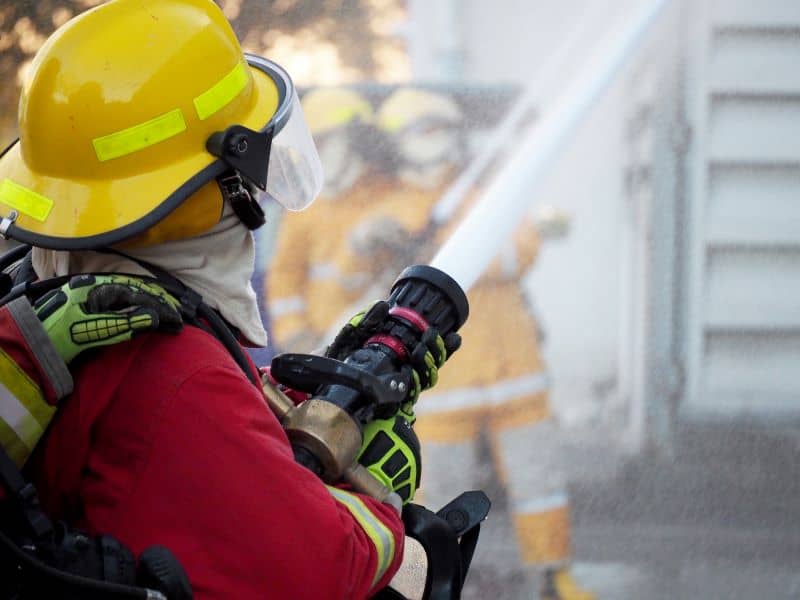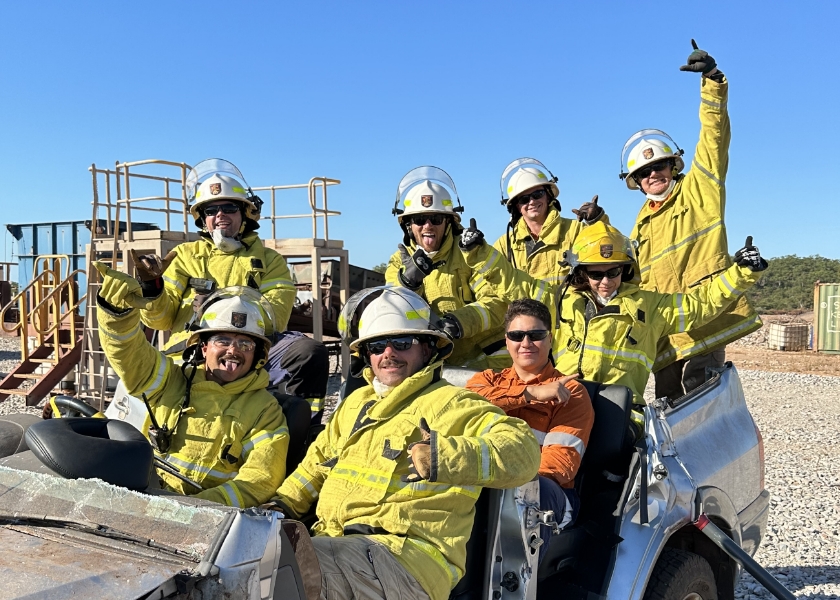Embarking on a career in firefighting requires not just courage and dedication, but also the right training. In Australia, numerous registered training organisations offer a variety of training courses tailored to equip aspiring firefighters with essential skills and knowledge. Your choice of training can significantly influence your effectiveness in responding to emergencies, performing rescues, and saving lives. Therefore, selecting the most suitable training course is a crucial decision that demands thorough consideration of the curriculum, the credibility of the institution, and the specific skills you aim to acquire.
Understanding the different components of firefighting training courses is imperative. Our courses typically cover a range of subjects including fire behaviour, fire suppression techniques, emergency medical response, and hazardous materials management.
Practical skills are honed through our hands-on training exercises, while classroom instruction provides you with the theoretical background necessary to understand complex emergency situations. Our commitment to your chosen course will see you delve into fire science, first aid, and the use of advanced firefighting equipment.
Assessing Firefighting Training Options
When you’re considering various firefighting training courses, it’s crucial to evaluate the accreditation and curriculum rigour. You should confirm that the courses are recognised by the appropriate Australian firefighting authorities, such as the Australasian Fire and Emergency Service Authorities Council (AFAC) which our courses are.
You must look for courses that cover a comprehensive range of skills, including both theoretical knowledge and practical application. Topics often encompass fire behaviour, emergency response, firefighting techniques, and first aid. Effective courses should integrate live-fire exercises that mimic real-life scenarios.
Ideally, the course provider should possess extensive experience in firefighting and hold relevant certifications. Their expertise is invaluable in providing us with insights into the nuances of the profession.
Here’s a breakdown of key aspects we consider:
- Accreditation: Ensure courses are ASQA endorsed as having all required components of the training course.
- Curriculum: Seek a balance between theory and hands-on experience.
- Instructors: Verify their credentials and field experience.
Furthermore, it is also important to assess the training institution’s facilities. You should look for modern equipment and training grounds that facilitate realistic simulations. Finally, the course duration and cost are factors you should take into account, aiming for the best value that doesn’t compromise the quality of education.
Exploring Key Training Programs
In our pursuit of excellence in firefighting, we recognise the importance of robust training programs. Here, we explore the cornerstone components that shape our readiness for service.
Certification Processes
You must initially complete a comprehensive certification process, which is central to our development as firefighters.
Each aspiring firefighter must obtain Certificate III in Public Safety (Firefighting and Emergency Operations) as a foundational requirement.
This certification involves rigorous training modules, including fire behaviour, suppression techniques, and rescue operations.
Our curriculum adheres to the nationally recognised qualifications overseen by the Australian Skills Quality Authority (ASQA), ensuring our skills are both current and proficient.
Specialised Training Opportunities
Beyond foundational skills, you should seek out specialised training opportunities to enhance your capabilities.
Courses such as Advanced Firefighter Training or Hazardous Materials (Hazmat) training enable us to tackle a broader range of emergencies.
Our advanced courses are structured to include scenario-based learning environments, where we engage with realistic challenges under controlled conditions. Hands-on experience is invaluable, imparting knowledge and skills that are directly applicable to real-world situations.
Riklan’s Specialised Wildfire Training for Enhanced Preparedness
Riklan’s tailored training programs are crucial for preparing Australian businesses and mine sites to manage and respond to the escalating threat of wildfires. These courses focus on the unique challenges wildfires present, especially in bushland-rich and arid areas, equipping personnel with advanced fire behaviour understanding, suppression techniques, and efficient evacuation strategies.
The training extends beyond basic firefighting, emphasising comprehensive emergency response skills. Trainees are taught to utilise firebreaks, analyse wind patterns affecting fire spread, and operate specialised firefighting equipment suited for large-scale incidents. Regular drills simulate wildfire scenarios, ensuring staff can swiftly recognise and react to fire outbreaks, while robust emergency communication systems are established to enhance on-site safety protocols.
Education about the ecological impacts of wildfires and understanding environmental triggers is also integrated, aiding in long-term risk mitigation and emergency planning. Riklan’s programs thus not only prepare sites for immediate fire threats but also contribute to broader community and environmental protection efforts against wildfires.
Preparing for a Firefighting Career
Embarking on a firefighting career requires rigorous preparation, both physically and academically. To begin, you must ensure that our physical fitness meets the demanding needs of the role. This often involves engaging in regular cardiovascular training, strength conditioning, and agility exercises. Academically, you must gain a comprehensive understanding of fire behaviour, suppression techniques, and rescue operations. Enrolling in an accredited firefighting training course is a critical step.
Within these courses, you will cover subjects such as:
- Emergency First Aid: Equipping ourselves with skills in basic life support and patient assessment.
- Firefighting Equipment Handling: Becoming proficient with tools like hoses, nozzles, and other firefighting apparatus.
- Hazardous Materials: Identifying and managing incidents involving dangerous substances.
Your preparation also involves the development of soft skills, which are imperative in high-pressure scenarios. Communication, team collaboration, and problem-solving are honed through practical exercises and simulations.
Understanding the legal framework and operational procedures is another key area of our training program. You will familiarise yourself with Australian laws and regulations that govern emergency response and firefighting activities.
To supplement formal education, you will seek volunteering opportunities within fire brigades, which can provide you with valuable on-the-job experience. Before you can enter the field, you must also successfully pass a series of written and physical examinations.
It’s worth noting that depending on the state or territory in Australia, specific prerequisites may vary and additional specialised certifications may be required.

